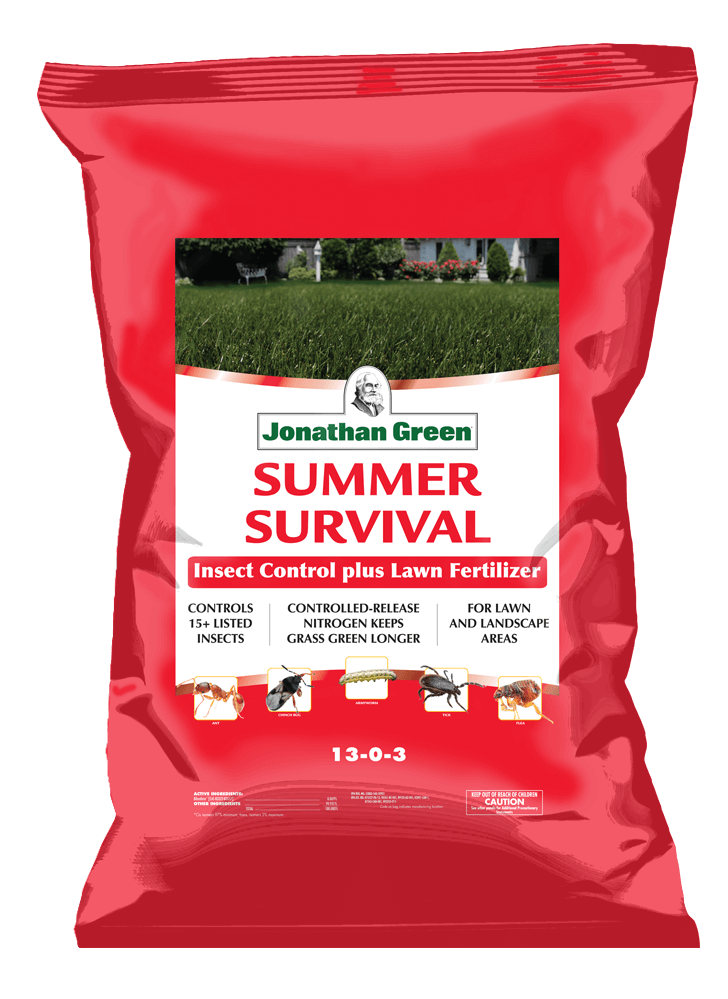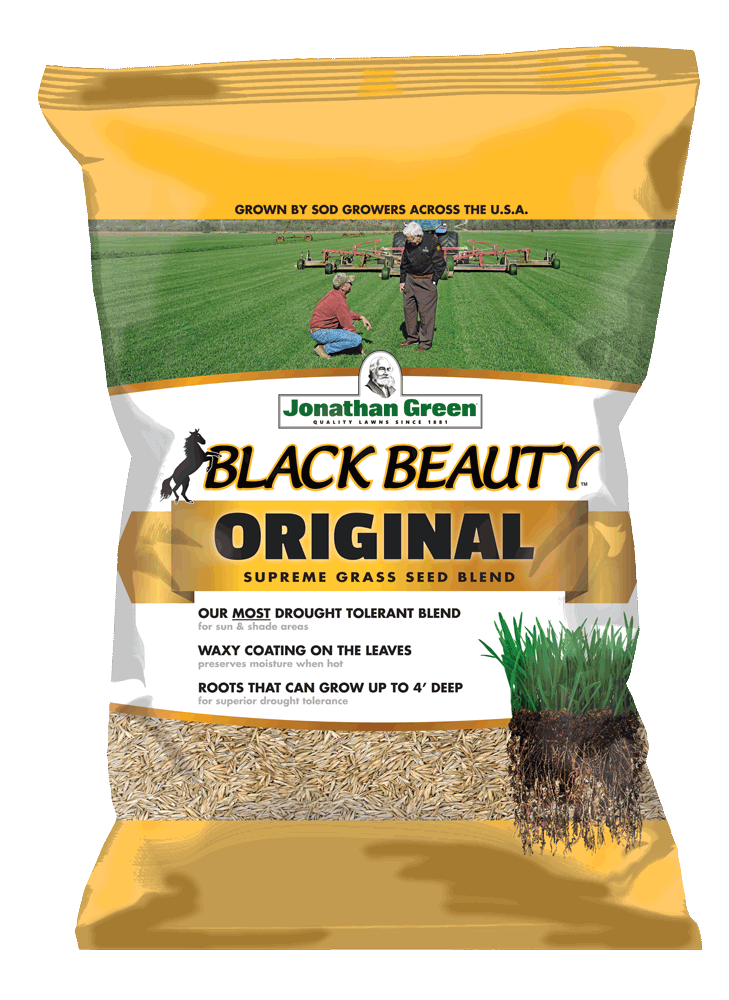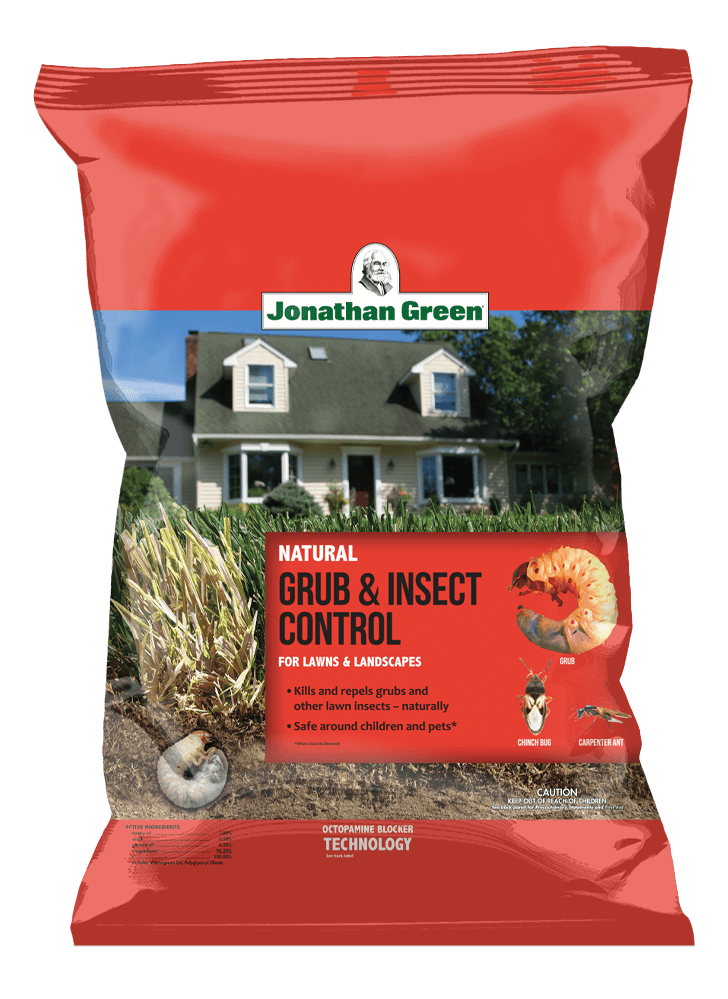It is prime chinch bug time! Many of you have heard of chinch bugs, but have you ever identified one or seen chinch bug damage to your lawn? This month is a good time to start looking for them and prevent them from doing large scale damage to your lawn this summer.
Chinch bugs spend the winter in leaf litter and thatch. Once the temperature reaches 50 degrees, they begin to mate and lay their eggs. A female chinch bug may produce 300 eggs over a 40-50 day period. Chinch bugs tend to live in the thatch layer of your lawn, which is the dead organic matter intertwined with the grass just above the true soil level. Chinch bugs are about 1/8 to 1/5 of an inch in size and sometimes are hard to find on the turf canopy due to their small size. Chinch bugs have black and white markings on their wings. Their wings rest flat over the back of the insect in a crisscross pattern. There are five growth stages called instars of the chinch bugs life cycle. The first two instars are red, the second and third instars are orange and the fifth instar is black with wings easily visible.
Chinch bugs tend to feed on full sun areas of your lawn during periods of hot, dry weather. Chinch bugs cause damage to your lawn with their piercing-sucking mouth parts as they feed on the sap of grass plants, usually around the lower crown of the plant. They suck out plant juices and inject chemicals into the plant which clog the plants vascular system. The area on the grass blade where they pierce tends to turn yellow. Damage first looks like irregular patches and then spreads quickly if not kept in check. Frequently chinch bug damage is masked as drought and heat stress or fungal damage on the lawn.
Chinch bugs are usually very active during summer months as they scurry around the ground sometimes as many as 150-200 insects per square foot! If you do not want to scour the ground looking for chinch bugs, get a coffee can and cut out both ends. Do not feed the chinch bugs the coffee, save it in another container for brewing later! Soften the soil with some water and push the can into the soil and 1-2 inches. Fill the can half full with water, gently stir up the ground at the bottom of the can, wait for about 5 minutes and if you have chinch bugs they will float to the surface.
We have mentioned many times before that a healthy growing turf is the best defense against most lawn problems, the same goes for chinch bugs. If you have not fertilized recently or your lawn is under drought stress, a light feeding and proper watering can mask some chinch bug damage. Use Summer Survival Insect Control with Lawn Fertilizer to give your lawn a gentle summer feeding and protect against insects. A square foot of lawn area can tolerate up to 15 to 20 insects per square foot. Your choice of grass seed can also make a difference. Chinch bugs are mostly attracted to red fescues, perennial ryegrass Kentucky bluegrass and bentgrass. Tall fescues seem to have a greater resistance to chinch bug damage. Also, seeding turfgrasses that contain endophyte-enhanced varieties will help your lawn repel many surface feeding insects. Jonathan Green Black Beauty® Original Grass Seed is a great choice to protect your lawn against problems. Our Black Beauty grass seed mixtures are turf type tall fescue varieties and naturally contain endophytes to help resist insects.
The big-eyed bug is the primary predator of chinch bugs. There are a number of granular and liquid insecticides on the market that are labeled to control chinch bugs along with other surface feeding lawn pests. Try our Organic Insect Control to take care of chinch bugs. Small chinch bugs are easier to control than mature adults. Some insect controls may also kill the big-eyed bug causing resurgence in chinch bug populations. Sections of you lawn that die can have some chinch bug populations reappear again even after controls have been applied or the following year. Be sure to monitor these areas each year to reduce the excess population. Damage from chinch bugs does kill the grass and you will need to re-seed these areas. You can also seed when using both of the Jonathan Green products mentioned above. Good luck and go get those chinch bugs!


